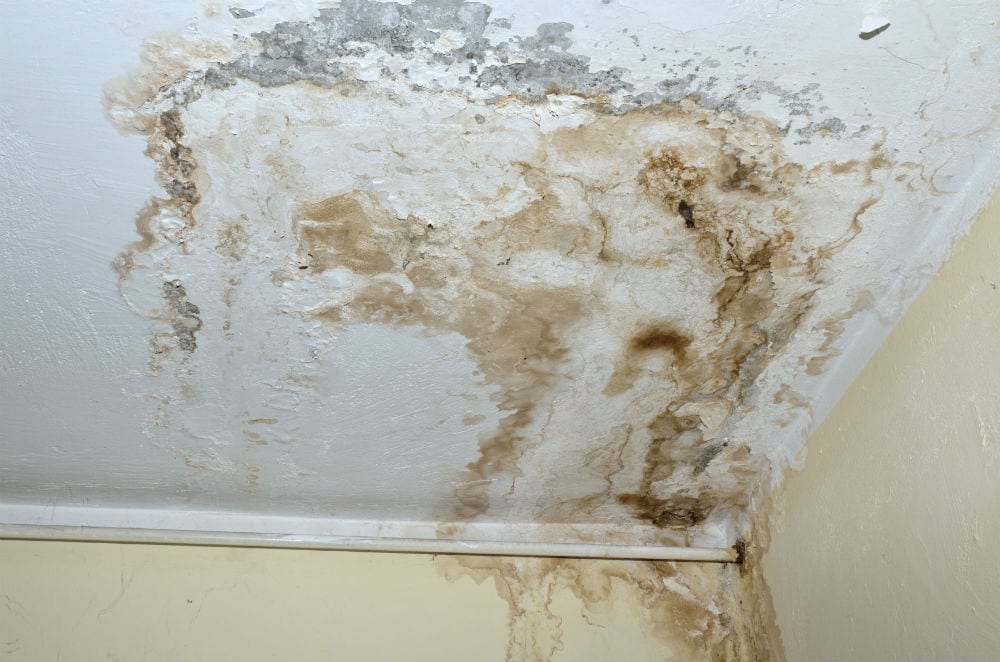What're your thoughts and feelings on Reducing Your Risk Of Water And Fire Damage At Home?

Though water gives life, water breach on parts where it's not meant to be can result in damage. If the water saturates right into your structure, it can peel away surface areas and also erode the foundation. Mold and mildew and mildew also thrive in a damp environment, which can be dangerous for your health and wellness. Houses with water damage scent moldy as well as old.
Water can come from several resources such as tropical storms, floodings, burst pipelines, leaks, and also sewage system issues. In case you experience water damages, it would certainly be great to recognize some safety and security preventative measures. Below are a few guidelines on exactly how to manage water damage.
Do Prioritize House Insurance Coverage Protection
Water damage from flooding as a result of hefty winds is seasonal. You can additionally experience an unexpected flooding when a defective pipeline all of a sudden breaks into your house. It would be best to have home insurance coverage that covers both disasters such as all-natural tragedies, and emergencies like busted plumbing.
Don't Forget to Turn Off Energies
In the event of a catastrophe, particularly if you reside in a flood-prone area, it would be advisable to switch off the primary electrical circuit. This removes power to your whole house, preventing electric shocks when water can be found in as it is a conductor. Additionally, don't fail to remember to turn off the primary water line valve. When floodwaters are high, furnishings will move and cause damage. Having the primary shutoff shut down protects against additional damages.
Do Stay Proactive and also Heed Climate Alerts
Tornado floodings can be extremely unpredictable. If there is a history of flooding in your neighborhood, remain prepared as well as proactive. If you live near a lake, creek, or river , listen to emptying cautions. Take out belongings from the first stage as well as basement, after that placed them on the highest feasible degree. Doing so reduces prospective residential property damage.
Do Not Disregard the Roofing System
You can stay clear of rain damages if there are no openings as well as leakages in your roof covering. This will stop water from flowing down your walls and also soaking your ceiling.
Do Take Notice Of Small Leaks
A burst pipe doesn't occur overnight. You may notice bubbling paint, peeling off wallpaper, water touches, water spots, or dripping sounds behind the wall surfaces. Have your plumbing fixed before it results in massive damages.
Do Not Panic in Case of a Ruptured Pipeline
When it comes to water damages, timing is crucial. Therefore, if a pipe ruptureds in your house, right away shut off your main water valve to reduce off the resource. Call a trustworthy water damage remediation expert for assistance.
Water provides life, water breach on components where it's not expected to be can result in damage. Houses with water damages scent old as well as stuffy.
Water damage from flood dues to heavy winds is seasonal. You may observe bubbling paint, peeling off wallpaper, water streaks, water stains, or dripping sounds behind the walls. When it comes to water damage, timing is essential.
Are Water Mitigation and Water Damage Restoration the Same Thing?
When are Water Mitigation Services Needed?
Water intrusion can come from small sources like a dishwasher leak or larger ones like rainwater causing inches of standing water in a basement. Other instances of damage that call for water mitigation services include:
Sewer backup, sump pump failure, or clogged toilets Toilet wax seal failure Shower pan corrosion Pipe leaks and ruptures Washer or icemaker line breaks HVAC drain line blockage A leaking roof Moisture behind walls Foundation cracks Mold Mold is a good example to illustrate how water mitigation works. We’ve often found that clients we do mold remediation services for had existing water damage issues that ended up leading to the mold damage. When performing water mitigation we look for what’s causing the water problem and for ways to stop mold before it multiplies and becomes a bigger concern.
Are You Currently Experiencing a Water Disaster?
If you’re in the middle of a water intrusion disaster, here are some important dos and don’ts to follow:
Don’ts:
Safety first! Do not enter a room with standing water until the electricity has been turned off! A regular household vacuum should never be used to pick up water. Never use electrical appliance if standing on a wet floor or carpet. Leave visible mold alone. Dos:
Call a water mitigation professional as soon as possible. Mold and other damage can begin within hours of a water intrusion. Mop and blot up as much water as possible. Remove non-attached floor coverings and mats but leave wall-to-wall carpeting removal to a pro. If there are window coverings like draperies that touch the water, loop them through a hanger and put them up on the rod. Remove wet cushions to dry and wipe down soaked furniture. Move valuables like paintings, photos, and art objects to a dry location. Books should be left tightly packed on shelves until it’s determined if they need specialized drying. Prop open closets, cabinets, and drawers to allow them to air out. https://cfrsfl.com/blog/are-water-mitigation-and-water-damage-restoration-the-same-thing/

Hopefully you enjoyed our post about Reducing Your Risk Of Water And Fire Damage At Home. Thanks so much for finding the time to read through our posting. So long as you appreciated our blog post please be sure to pass it around. I enjoy reading our article about Safety Tips To Prevent Fire And Water Damage.